Cephalotus Follicularis (Australian Pitcher Plant) Profile
Written by Lisa
Dec 29 2022
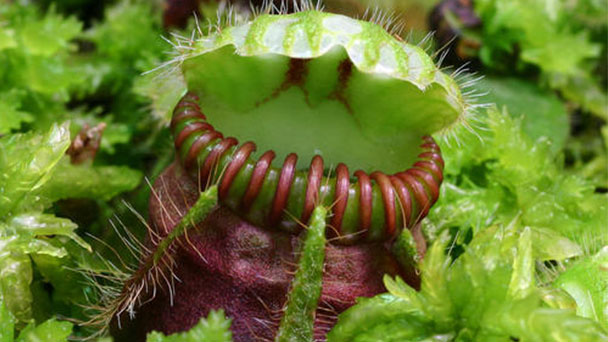
Cephalotus follicularis Picture
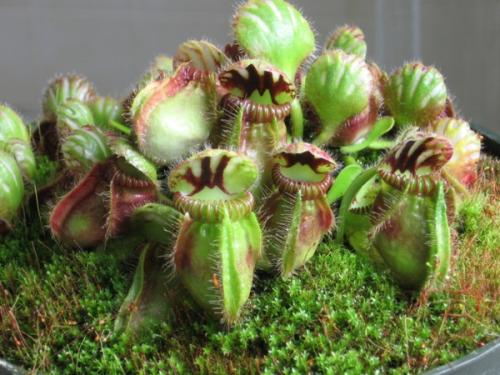
Cephalotus Follicularis Morphological Characteristics
The leaves of Cephalotus follicularis are ovate, flat and pointed at the end. The leaf stems are flat and short. The lifespan of the leaves is usually one year, and the old leaves wither after the new leaves come out. Some leaves can exceed 8cm, but the average length is 3cm. Some botanists believe that these are not really leaves.
Cephalotus follicularis is a leaf cage that cannot be grown due to an unsuitable environment. In other words, when there are not enough insects in the surrounding environment to feed on, these "leaves" photosynthesize to make up for the lack of nutrients. The basis of this theory is that sometimes it will grow strange-shaped primitive Cephalotus follicularis insect traps that resemble empty tea cups.
The Cephalotus follicularis insect trap is very similar to some species of Nepenthes, but the connection between the stem and the Cephalotus follicularis insect trap is at the upper end of the back, which is different from Nepenthes (the junction of Nepenthes is at the bottom of the bottle).
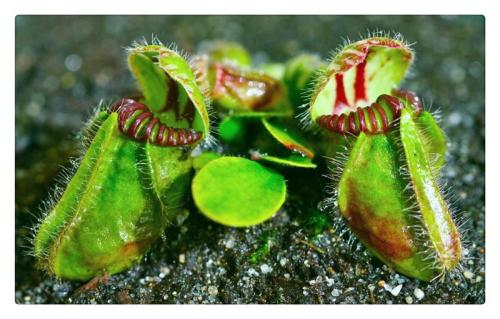
The bottle cap is hairy and has beautiful stripes. There are radial protrusions on the bottle mouth to form grooves, and they protrude inside the bottle mouth to form thorns. The leaf cage length varies from 4mm to 4.5cm, but most of them are around 3cm. After artificial cultivation, some individual leaf cages can reach up to 8cm. In the shade, the leaf cages become green, showing colorful red and purple colors under light, but too much light will affect the size of the leaf cage.
Ecological Habits of Cephalotus Follicularis
Cephalotus follicularis, is a single species, native to wetlands in southwestern Australia. The first impression that Cephalotus follicularis gives is cuteness—a few chubby little brothers are sitting on the grass, lazily basking in the sun, it feels like a fairy tale. Cephalotus follicularis is a plant that only grows in Australia. The shape of the leaf is like a small bottle with a lid. Insects that fall into it will melt and disappear after a period of time. Maybe this plant draws nutrients from insects.
Way of Cephalotus Follicularis Catching Insects
Cephalotus follicularis uses passive capsule traps. The Cephalotus follicularis cap can't move. The capsular bag and lid are purple-red under strong sunlight, and there are transparent windows on the capsular lid to attract insects. There are glands inside the bag, and the mouth of the bag is slippery. Insects staying on the outer edge of the bag can easily fall into the bag, drown by the liquid in the bag and be digested and decomposed by the digestive juice.
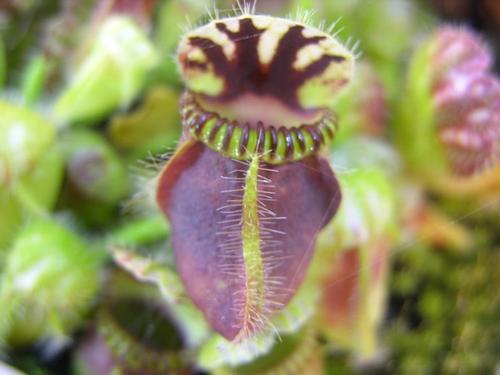
Cephalotus Follicularis Cultivation Management:
1. Temperature: 5-35℃
2. Sunlight
The temperature is below 18℃, and the humidity is above 90, the whole day can be used. The Cephalotus follicularis insect trap is red, but it is small. When the humidity is low, it needs to be shaded 30-50. When the temperature is 18-35℃, the shade is 50, the Cephalotus follicularis insect trapping bag is larger, but the color is green. The light can be gradually increased to turn the insect-trapping bag into purple-red.
3. Humidity
In high humidity, Cephalotus follicularis insect traps are larger, and they can survive in low humidity, but Cephalotus follicularis insect traps are used. Smaller. In the dry and hot season, the capsular bag seems to be closed. Usually should be kept in a transparent cover or aquarium.
4. Cultivation Medium
3 parts of acid peat moss plus 1 part of clean coarse sand for gardening. The pot is at least 15 cm high.
5. Watering
Rain water, distilled water is best, mountain spring water is also acceptable. Tap water and acid rain water cannot be used. A water tray at the bottom of the basin is filled with about 0.2cm of water to help the bottom of the basin absorb water. Avoid watering the plant heart buds to avoid rot.
6. Fertilizer
Do not use any chemical fertilizer or organic fertilizer.
7. Pests and Diseases
bud insects, mealy scale insects. Eliminating the withered and old leaves in winter can reduce the occurrence of gray mold.
8. Sleep
Cephalotus follicularis will not sleep. If the plant wilt suddenly and check that the roots are still in good condition, immediately remove the wilted old leaves, plant the plants back to the original medium, and keep the medium moist. The growth vigor will be restored after about 2 months. If the situation does not improve, consider increasing sunshine or humidity. The leaves that grow in the spring will not form Cephalotus follicularis insect-trapping bags, and only the insect-rich season in summer will grow Cephalotus follicularis insect-trapping bags.
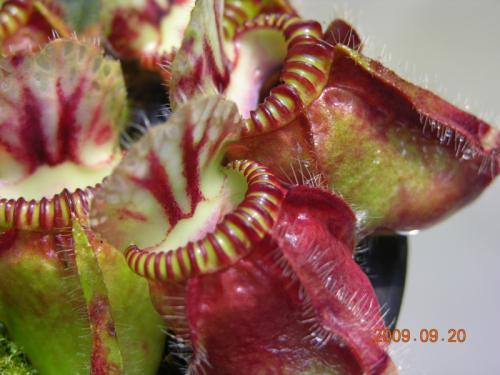
Propagation Methods of Cephalotus Follicularis
Seeding, ramification, tissue culture.
Precautions for the Cultivation of Cephalotus Follicularis
1. Pest Control
Cephalotus follicularis is basically free of insect damage. It should be noted that when pests such as caterpillars and cutworms are not eating, they may gnaw on the leaves of plants. When you find that the leaves have been gnawed, you should Find out if there are such pests near the plants in time, and catch and kill them. You can also use a broad-spectrum (universal) insecticide to kill them. Just spray the leaves when using them, and avoid spraying them in large quantities. Insecticides are relatively harmful to the human body, and they are also harmful to plants. Manual killing methods should be used as much as possible. When it is necessary to use them, they should also be asked clearly when purchasing. Buy products produced by large manufacturers and follow Instructions for use.
2. Fungal Infection
Fungal infection is a problem that easily occurs in summer. It usually occurs when it is closed, not ventilated, and the temperature is high. Insectivorous plants should be provided with a well-ventilated environment, and regular ventilation should be provided when they are stuffed. When the fungus is prone to spread, it can be prevented by spraying a broad-spectrum (general-purpose) fungicide every 1-2 weeks. If the fungus has begun to grow on the substrate and plants, you need to strengthen ventilation immediately, remove the diseased part, and use some fungicides with better therapeutic effects. You need to ask clearly when buying and prescribe the right medicine.
Latest Updated
- Benefits of Bugleweed - 7 Science-backed Health Benefits
- Bugleweed Dangers & Side Effects - Is It Poisonous?
- How to Plant Evergreen Trees - What You Should Know
- When to Plant Evergreens - Grow Guide for Evergreen Trees
- 12 Wonderful Evergreen Shrubs for Your Garden
- 12 Popular Evergreen Plants with Pictures for Beginners
- When And How To Prune A Lilac Bush Like a Pro
- How to Grow & Care for Lilac Vine (Hardenbergia Violacea)
- Japanese Lilac Tree (Syringa Reticulata) Care & Propagation Guide
- Shumard Oak Pros and Cons - What to Know
Popular Articles
- Winter maintenance of Antirrhinum Majus
- How to Grow Terminalia Mantaly Tree
- How to Grow and Care for Crossostephium Chinense
- How to grow Antirrhinum Majus in spring
- Peristeria Elata (Dove Orchid) Profile: Info & Care Guide
- Underwatered Snake Plant (Sansevieria Trifasciata) - Signs And How To Fix
- How to Care for Brazilian Jasmine Plant (Mandevilla Sanderi)
- How to Grow & Care for Graptopetalum Purple Delight in Summer
- Rosa Chinensis (China Rose): Plant Growing & Care Tips
- How to Care for Baby Sun Rose (Aptenia Cordifolia)